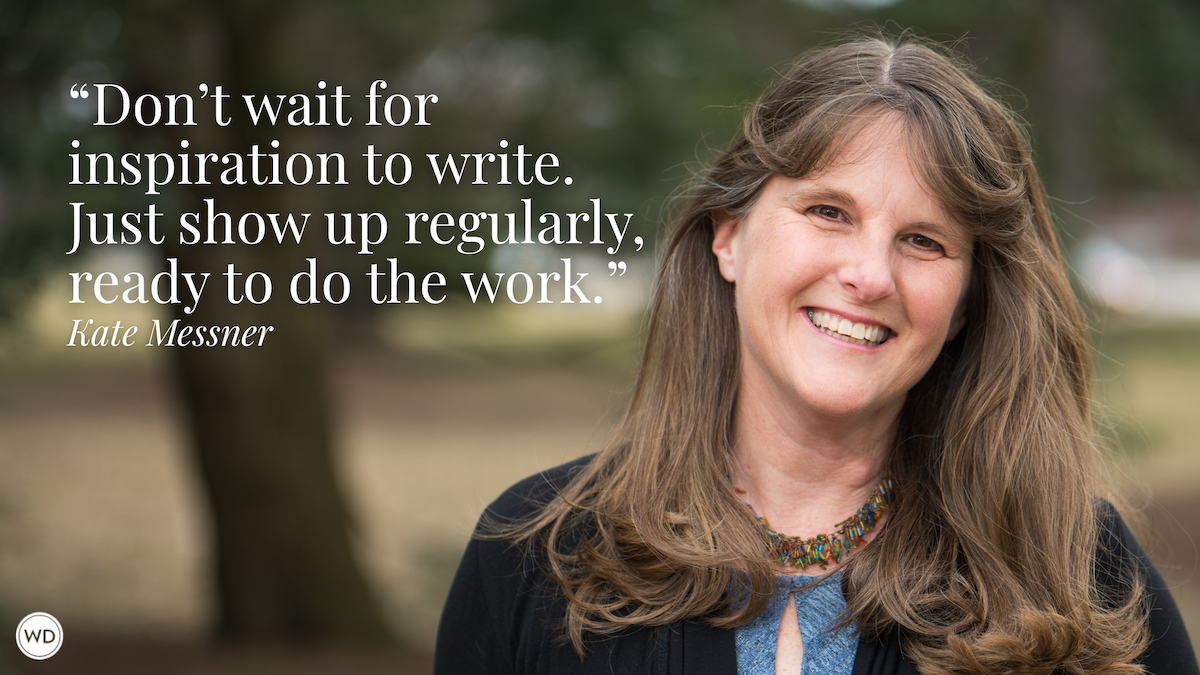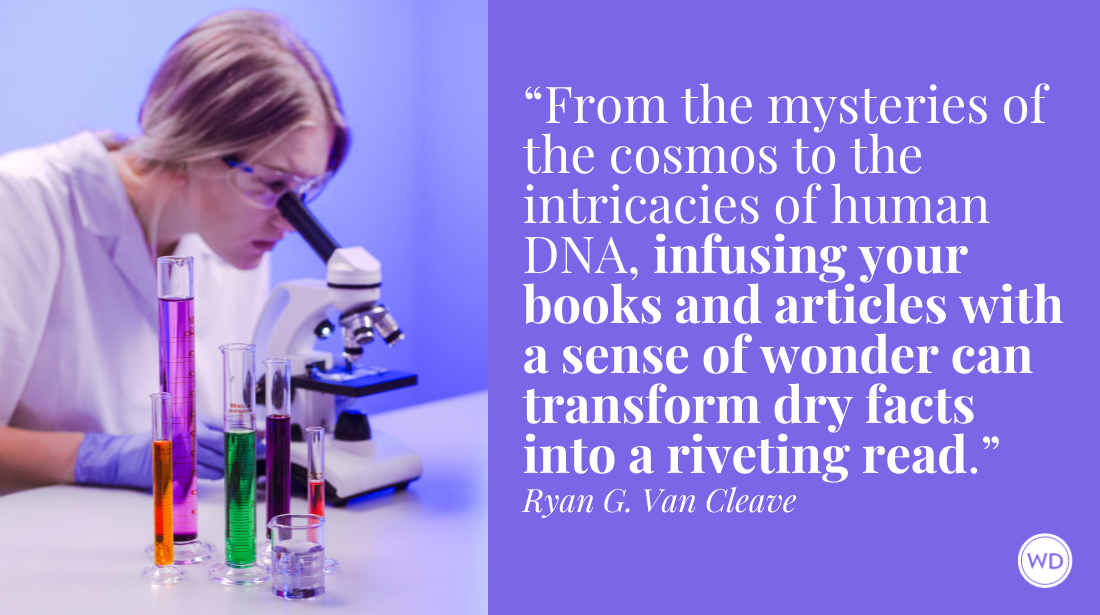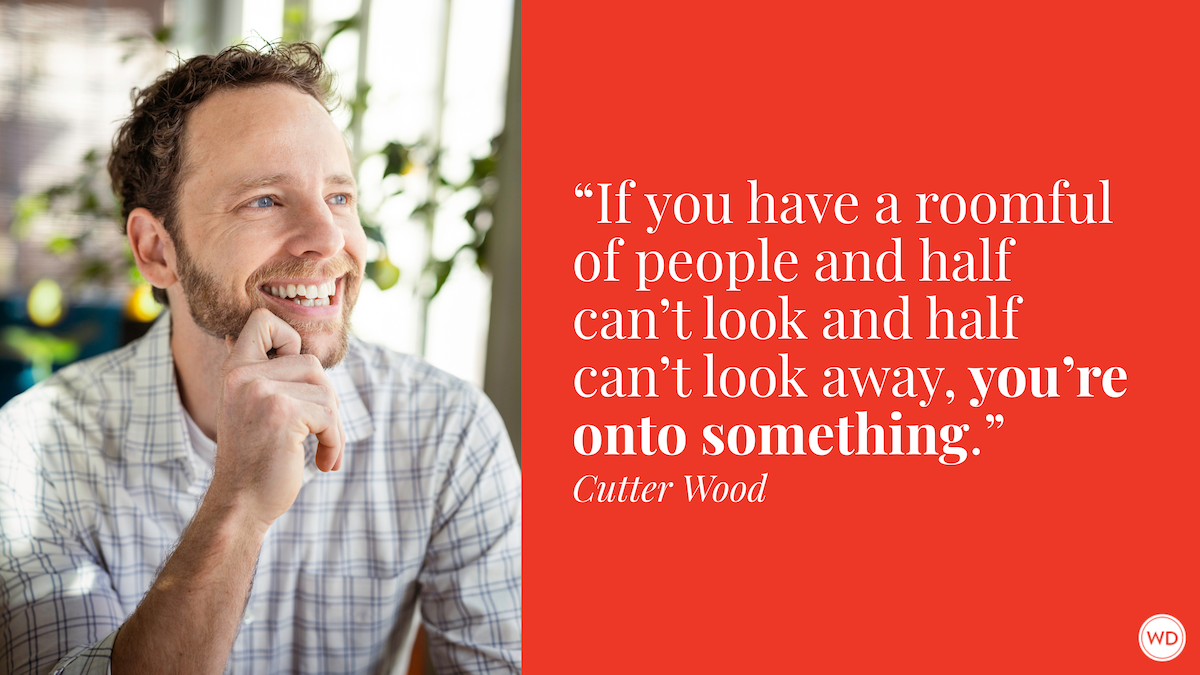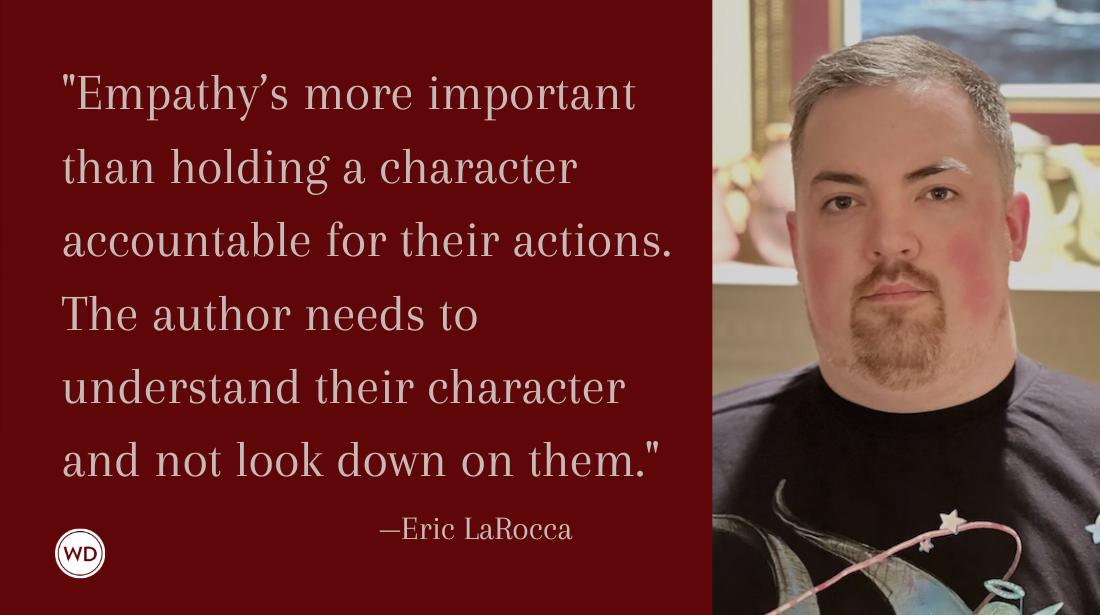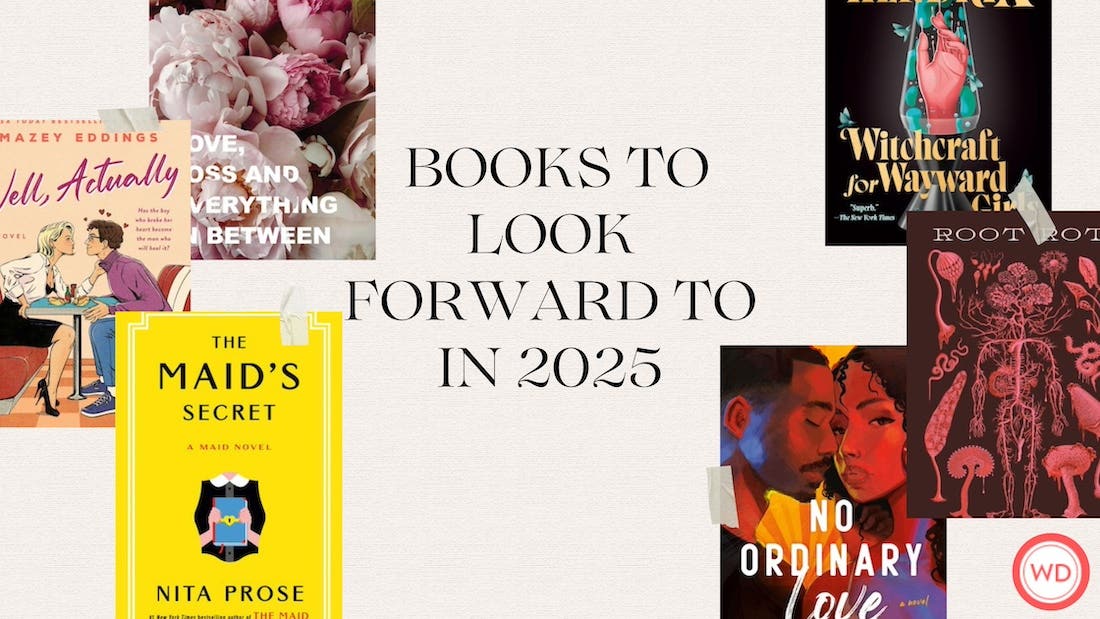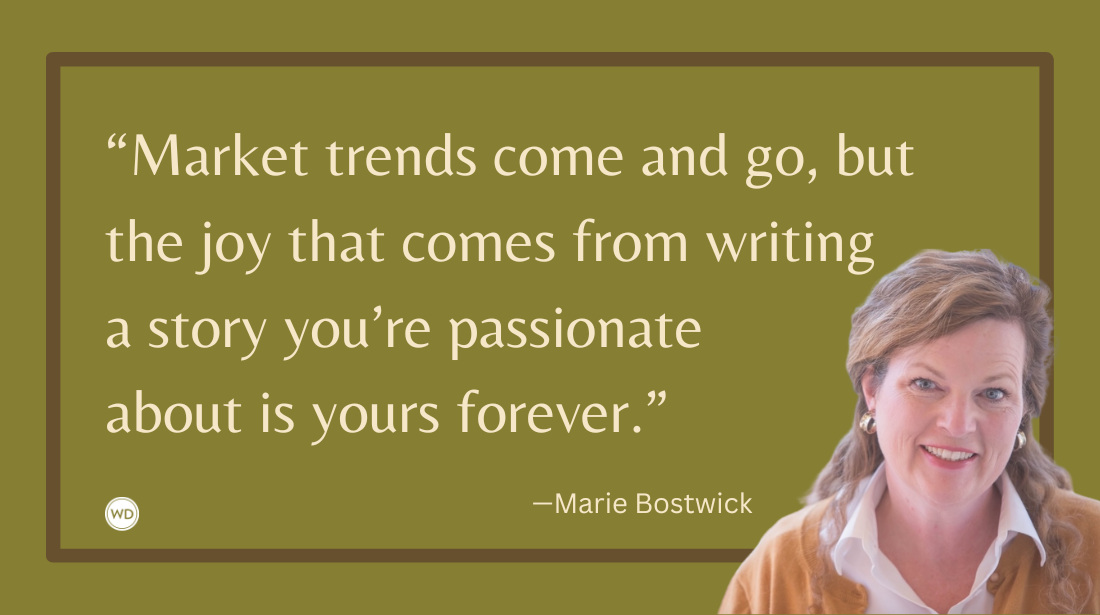Ian Haydn Smith: Be Distracted By Your Subject
In this post, Ian Haydn Smith shares what inspired Cult Writers: 50 Noncomformist Novelists You Need to Know, surprises in the research process, challenges in the writing process, his best piece of advice for other writers, and more.
Ian Haydn Smith is a UK-based writer and editor. As a journalist he has written on film and the arts for numerous media outlets, both print and broadcast. From 2007 to 2012 he was editor of International Film Guide. Since 2011 he has been editor of Curzon Magazine and is series editor of 24 Frames.
Smith has spoken at film festivals and cultural events around the world, both as a critic and as a representative of the British Council. He has interviewed a variety of filmmakers and artists, including Ralph Fiennes, Clint Eastwood, Isabelle Huppert, Alan Bennett, Ang Lee, Agnès Varda, Terry Gilliam and Anton Corbijn. Recent publications include editing the updated edition of 1001 Movies to See Before You Die. He lives in London.
In this post, he shares what inspired Cult Writers: 50 Noncomformist Novelists You Need to Know, surprises in the research process, challenges in the writing process, his best piece of advice for other writers, and more.
*****
Dive into the world of writing and learn all 12 steps needed to complete a first draft. In this writing workshop you will tackle the steps to writing a book, learn effective writing techniques along the way, and of course, begin writing your first draft.
*****
Name: Ian Haydn Smith
Book title: Cult Writers: 50 Nonconformist Novelists You Need to Know
Publisher: White Lion Publishing
Release date: June 9, 2020
Genre/category: Biography & Autobiography / Literary Figures
Previous titles: New British Cinema (with Jason Wood), Selling the Movie, The Short Story of Photography, Cult Filmmakers, The Short Story of Film, and the Editor of 1001 Movies You Must See Before You Die, 8th Edition
Elevator pitch for the book: Cult Writers handpicks 50 notable figures from the modern world of literature and explores the creative genius that earned them the cult label, while celebrating the works that made their names. Discover little knowns with small, devout followings and superstars gracing the covers of magazines: Each writer is special in their individuality and their ability to inspire, antagonize, and delight.
What prompted you to write this book?
An interest in the idea of a cult writer. The term "cult" is so nebulous and can be applied in many different ways. The starting point was the accepted "canon," but the intention was to move beyond this and include writers one might not initially consider cult or who perhaps are more deserving of the term. And why.
How long did it take to go from idea to publication?
I'm not so good with timelines. There was a casual discussion for a while, but things really started to come together when I had a meeting with Alice, my commissioning editor. This stage was much more of a collaboration between us—to see if we could work on a project that could be as inclusive as possible, but also to define the area we were covering.
As we had a strict number of entries (50), we accepted that it would be impossible to do justice to all forms of writing, so we agreed on two basic parameters that wouldn't constrict our desire to cover a wide range of writers. The first was the timespan. We chose to only include writers from the last and present century. Secondly, we decided to focus on writers who were best known for long-form fiction—novelists. But if novels were just one part of their work, all the better. It did mean we had to exclude some writers that were under discussion, from Maggie Nelson to Jorge Luis Borges.
Next, we wanted to ensure our list spanned as much of the landscape of fiction as possible, in terms of geography, race, and gender. This list is not exhaustive, but we hoped it would provide readers with a wide array of writers. (Cult lists can sometimes appear to be the provenance of white male writers and we wanted to avoid that.) In doing so, we occasionally picked a writer who represented a genre or movement. Some might think it remiss of me not to include Jack Kerouac. But the space we had meant that William Burroughs represented the Beat era.
Were there any surprises or learning moments in the research process for this title?
Many. Finally getting around to enjoying some books by writers that I love but had yet to get round to reading: Joan Didion's South and West, Italo Calvino's Under the Jaguar Sun, and Angela Carter's Bristol trilogy. Reading Eve Babitz's singular accounts of 1960s Los Angeles for the first time. Reading Elena Ferrante's Neopolitan novels again.
Were there any surprises in the writing process for this book?
Not so much a surprise than a challenge—limiting myself to the allotted word count for each entry on a writer. There are so many lives full of incident. Finding a route between the real and imagined worlds of each writer was a challenge but rewarding. There are no dull lives, but some writers' life stories surprised me, in the choices they had made or the paths they had taken.
I guess the biggest surprise is seeing the brilliant illustrations—how someone else interprets the elements that best represent a writer. I think they're great.
What do you hope readers will get out of your book?
The desire for each reader to find their own cult writers. Our primary aim was not to offer up a definitive list, but to provoke a response; to hope that people will want to go in search of the new Kathy Acker or Ken Kessey, as well as enjoy the work of the writers profiled here.
If you could share one piece of advice with other authors, what would it be?
Be distracted by your subject. Distraction and procrastination are normally my worst enemies as a writer (and Breaking Bad). But one of the pleasures of this project was discovering the work of writers that my subjects admired and taking some time out to read them.
Robert Lee Brewer is Senior Editor of Writer's Digest, which includes managing the content on WritersDigest.com and programming virtual conferences. He's the author of 40 Plot Twist Prompts for Writers: Writing Ideas for Bending Stories in New Directions, The Complete Guide of Poetic Forms: 100+ Poetic Form Definitions and Examples for Poets, Poem-a-Day: 365 Poetry Writing Prompts for a Year of Poeming, and more. Also, he's the editor of Writer's Market, Poet's Market, and Guide to Literary Agents. Follow him on Twitter @robertleebrewer.



